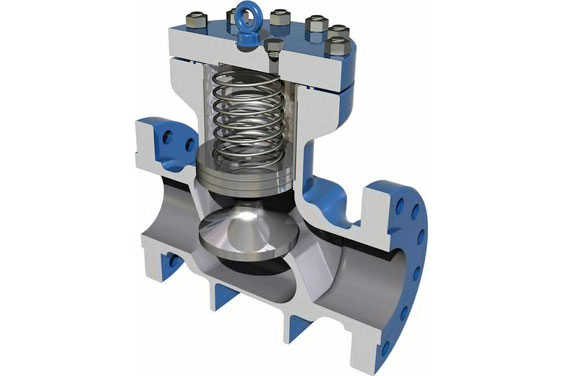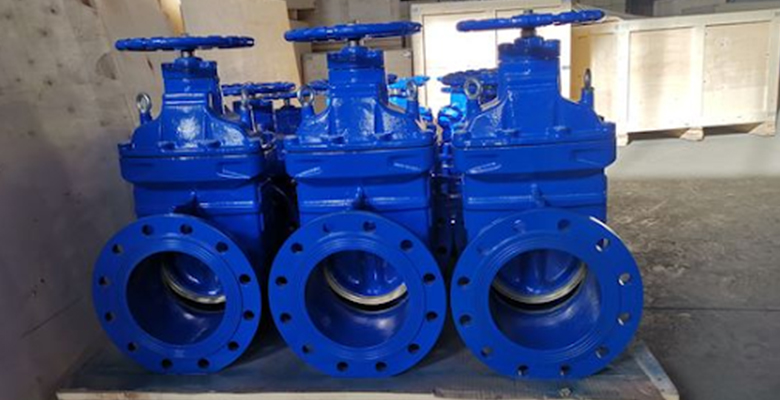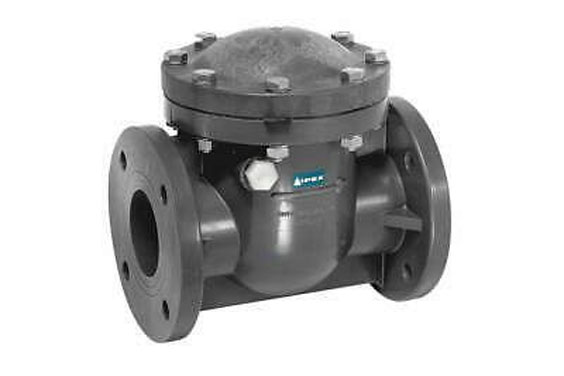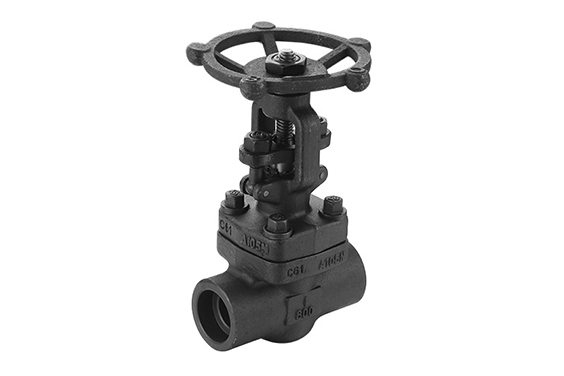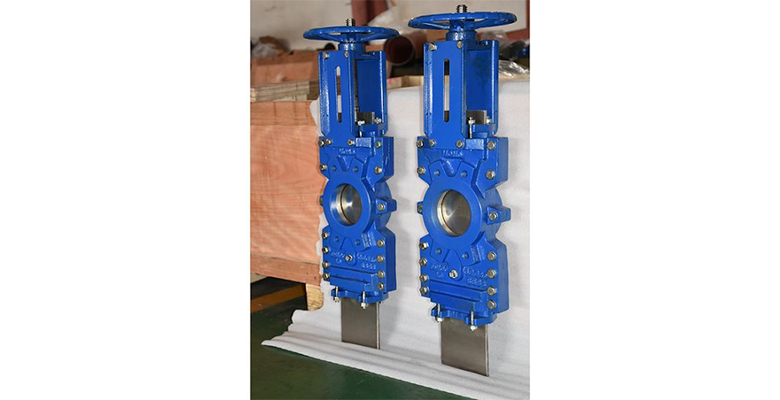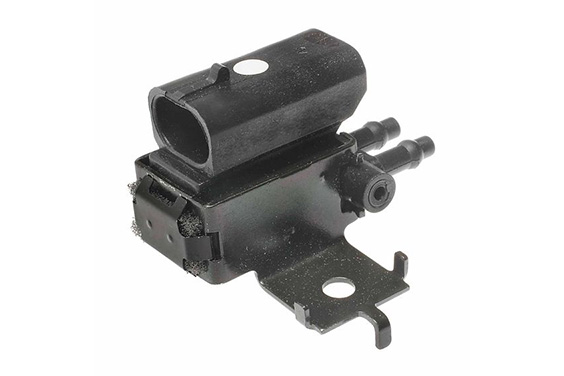When it comes to automotive air conditioning (A/C), proper function of the purge valve is key. The purge valve helps remove moisture and other contaminants from the A/C system, making sure that the system performs optimally. In this blog post, we’ll show you how to test your purge valve using a multimeter. We’ll also provide some tips on troubleshooting any problems that you may encounter. Stay cool!
How To Test Purge Valve With Multimeter
One of the most important components of a car’s emission control system is the purge valve. This valve regulates the flow of fuel vapors from the fuel tank to the engine, where they can be burned rather than released into the atmosphere.
A well-functioning purge valve is essential for a car to run efficiently and meet emissions standards. To test the purge valve, you will need a multimeter. Begin by disconnecting the negative battery terminal to avoid electrocuting yourself. Once you have done this, locate the purge valve and remove the vacuum hose that is attached to it.
With the multimeter set to “Ohms” mode, touch one lead to the ground wire on the purge valve and the other lead to the positive terminal on the battery. The multimeter should register a reading of between 0.5 and 4 ohms. If it reads outside of this range, then the purge valve needs to be replaced.
How can I test my purge valve?
If your car has a carburetor, it likely has a purge valve. The purge valve is responsible for purging air from the carburetor bowl when the engine is turned off. This prevents fuel from evaporating and keeps the carburetor clean.
You can test your purge valve by starting the engine and letting it idle for a few minutes. Then, turn off the engine and disconnect the vacuum line from the purge valve. Finally, start the engine again and see if any vapor comes out of the line. If you don’t see any vapor, then the purge valve is likely not working properly and will need to be replaced.
What is the voltage on a purge valve?
A purge valve is a device that is used to release pressure or gas from a system. The voltage of the purge valve is determined by the amount of pressure that is being released. For example, if the purge valve is releasing a high amount of pressure, then the voltage will be higher. Conversely, if the purge valve is releasing a low amount of pressure, then the voltage will be lower. The voltage of the purge valve can also be affected by the size of the valve. A smaller valve will have a higher voltage than a larger valve. The voltage of the purge valve can also be affected by the material that it is made out of. A stronger material will have a higher voltage than a weaker material.
How do you test an EVAP canister purge valve?
The EVAP canister purge valve is an important part of a vehicle’s evaporative emission control system. The valve controls the flow of fuel vapor from the canister to the engine, where it can be burned off. A faulty EVAP canister purge valve can cause a number of problems, including increased emissions and reduced fuel economy.
To test the EVAP canister purge valve, first connect a vacuum pump to the valve. Then apply vacuum to the valve and check for leaks. If the vacuum drops too quickly, there may be a leak in the valve or in the hose attached to it. Next, check the electrical connection to the valve. If the connection is loose or damaged, it may need to be repaired or replaced. Finally, use a multimeter to check the resistance of the coil inside the valve. If the resistance is out of specification, the coil may need to be replaced.

